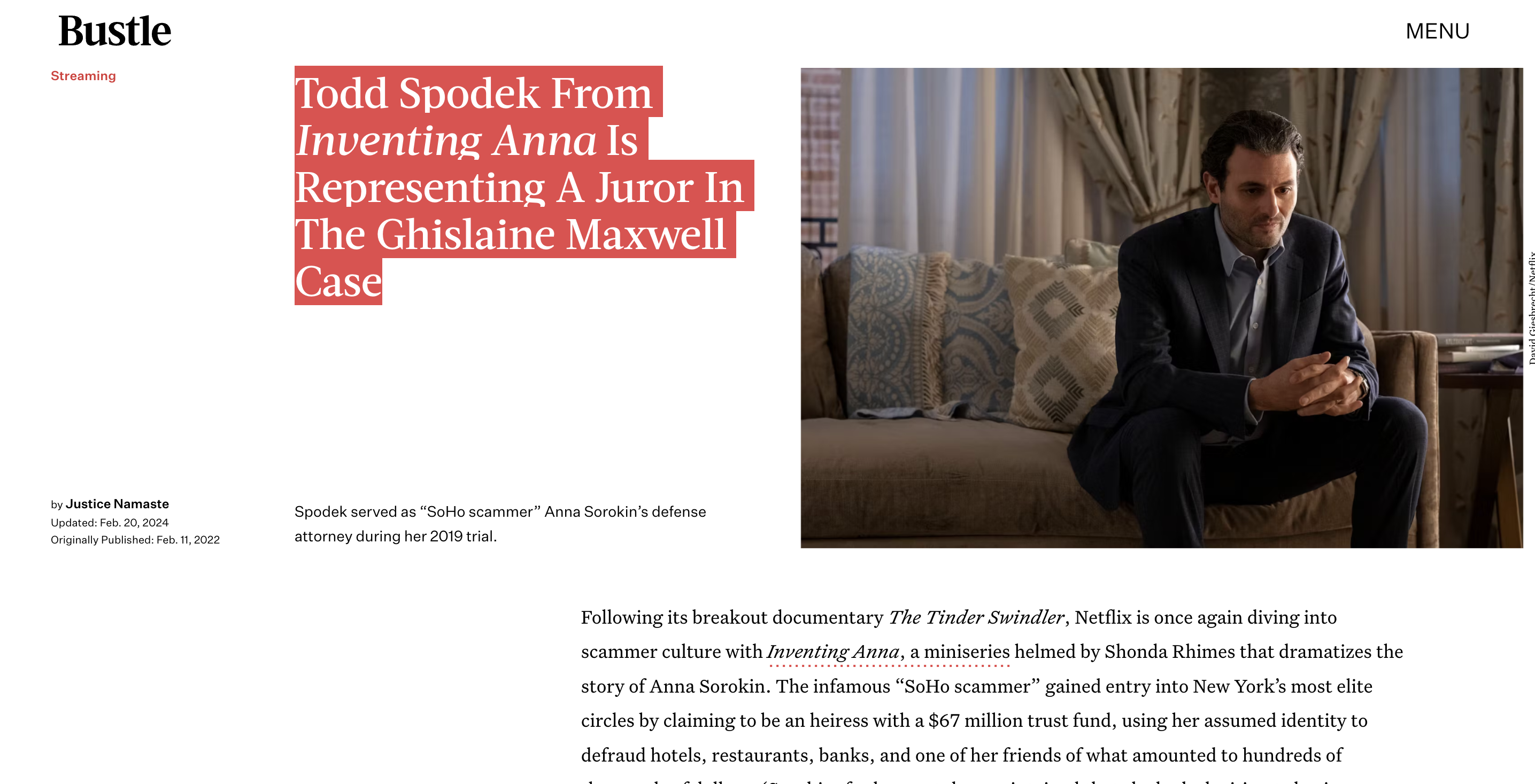Grocery store usda violation Portland
Here is a 4000 word article on dealing with USDA violations at grocery stores in Portland:
Getting Hit with a USDA Violation? Here’s What to Do
So, you run a grocery store in Portland. You try your best to stay on top of all the rules and regulations. But one day, you get a letter from the USDA – they found a violation during their last inspection.

Don’t panic. Violations happen, even to the most diligent businesses. The key is how you respond. Take a deep breath. We’ll walk through exactly what to do when you get hit with a USDA violation notice.
First, What Are USDA Violations?
The U.S. Department of Agriculture (USDA) is responsible for enforcing numerous laws related to food safety, food labeling, and humane handling of animals. Grocery stores that sell meat, poultry, eggs, and certain other foods have to follow USDA regulations.
USDA inspectors routinely visit grocery stores, warehouses, and other food facilities. If they find any issues, they’ll cite the company for a violation. Common violations include:
– Improper storage temperatures for refrigerated/frozen foods
– Pest issues (rodents, insects, etc.)
– Lack of proper food safety plans or employee training
– Inaccurate labeling or misleading claims on food products
– Unsanitary conditions or poor employee hygiene
– Mishandling of meat/poultry during processing, packaging, etc.
The violation notice will specify exactly what rule or regulation was broken. It will also outline any potential fines or penalties the company faces if they don’t correct the issue promptly.
So, what do you do if you get hit with one of these things? Here are the key steps:
Step 1: Don’t Panic, But Take It Seriously
A USDA violation is certainly not the end of the world. But you can’t just ignore it either. Failing to address violations can lead to heftier fines, more frequent inspections, and potentially even getting shut down temporarily.
The notice will have a deadline to respond and correct the issue. Make sure you understand that timeline. But don’t freak out – you have some time to formulate a plan.
Step 2: Investigate the Root Cause
Before you can properly address the violation, you need to understand exactly what caused it in the first place. Was it an improperly trained employee? A broken refrigerator? A lapse in your regular cleaning and maintenance schedule?
Get to the bottom of what allowed this violation to occur. It’s the only way to implement an effective, long-term solution to prevent it from happening again.
Step 3: Correct the Violation ASAP
Once you know the root cause, take immediate action to fix the issue and bring your operations back into full compliance. This may involve:
– Retraining employees on food safety protocols
– Repairing or replacing faulty equipment
– Updating food safety plans and recordkeeping
– Thoroughly cleaning and sanitizing affected areas
– Revising labeling for products
Document every corrective action you take in detail. You’ll need to show the USDA proof that you’ve permanently resolved the violation.
Step 4: Respond Formally to the USDA
There will be instructions in the violation notice for how to respond to the USDA. Typically this involves submitting a written report that explains:
– The specific violation that occurred
– The root cause you identified
– The corrective actions you took to fix it
– The preventative measures now in place to avoid repeat violations
– Supporting documentation, photos, records, etc.
This is your chance to demonstrate to the USDA that you took the violation seriously and have gotten your operations back on track. A strong, detailed response can go a long way.
Step 5: Implement Preventative Measures
To avoid future violations and headaches, you need to analyze what allowed this issue to occur in the first place. Was there a flaw in your food safety training program? Did you lack proper preventative maintenance on equipment? Were your recordkeeping practices lacking?
Fix those root problems by strengthening your food safety plan, updating training, establishing better monitoring systems, and more. Doing so will help ensure this was just a one-off incident rather than a recurring issue.
Step 6: Discuss Potential Fines/Penalties
Depending on the severity of the violation, the USDA may assess some fines or penalties even after you’ve corrected the issue. If so, you’ll need to discuss options like:
– Negotiating a lower fine amount
– Entering into a compliance agreement instead of paying fines
– Contesting the fines if you believe they are unwarranted
Having an experienced food safety lawyer on your side can be invaluable for resolving any fines or penalties favorably.
Step 7: Prepare for the Next Inspection
After you’ve resolved the violation, the USDA will likely conduct a follow-up inspection sooner than your next scheduled one. Be prepared to demonstrate your corrected procedures and preventative measures in action.
Use this as an opportunity to have your best practices on full display. Show the inspector your enhanced food safety plan, your newly trained employees following protocols, and your improved recordkeeping system.
The Bottom Line
Getting slapped with a USDA violation notice is never fun. But if you take it seriously and respond properly, it doesn’t have to be catastrophic for your business either.
The key steps are:
1) Investigate the root cause
2) Correct the issue immediately
3) Respond formally to the USDA
4) Implement preventative measures
5) Resolve any fines/penalties
6) Prepare for the next inspection
By taking prompt corrective action, being upfront with the USDA, and shoring up your food safety programs, you can resolve the violation and get back to regular operations quickly.
Of course, it’s even better to be proactive and avoid violations in the first place through rigorous food safety training, preventative maintenance, and monitoring. But when violations do occur, follow these steps to minimize the disruption to your business.
If you find yourself dealing with a USDA violation notice in the Portland area, don’t go it alone. Reach out to a local food safety consultant or lawyer who can guide you through the process and ensure you take all the proper corrective actions.
A little professional help can go a long way toward getting your grocery store back into full compliance as smoothly as possible.









